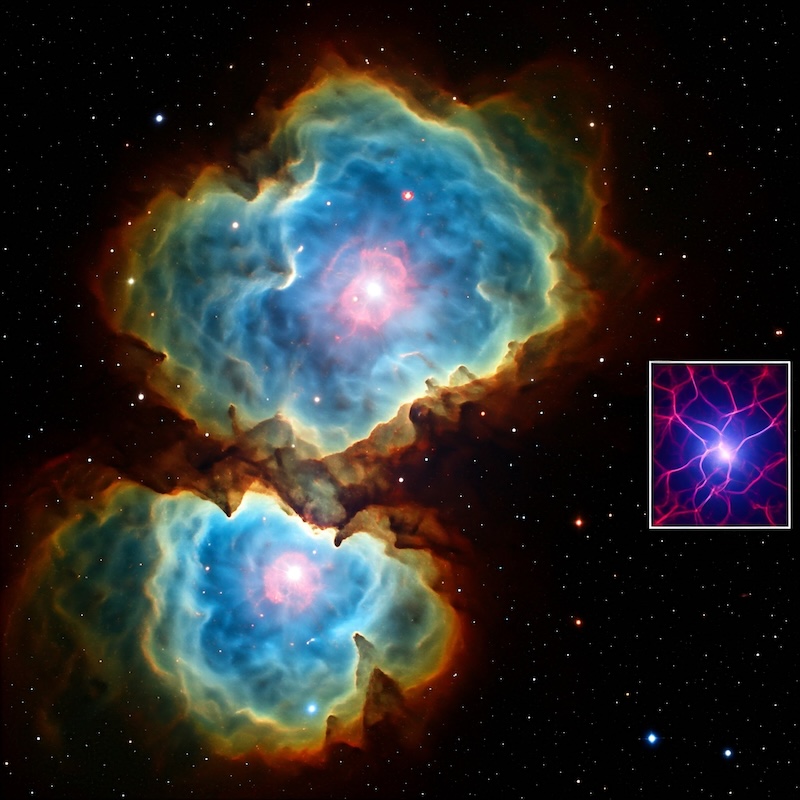Electric plasma: understanding the energy behind ionized matter
Plasma, often referred to as the fourth state of matter, is an ionized gas consisting of free electrons and ions. It differs from the other three familiar states of matter: solid, liquid, and gas. When a gas is subjected to extremely high temperatures or a strong electromagnetic field, it undergoes ionization, leading to the creation of electric plasma. This ionization process gives plasma unique properties that distinguish it from the regular gaseous state, making it a key area of study in both theoretical and applied science.
In daily life, most people are familiar with three states of matter—solids, liquids, and gases—but plasma in science plays a fundamental role in both natural phenomena and advanced technological applications. From the glow of the Sun to the operation of neon lights and plasma TVs, plasma energy is part of our everyday experiences. However, the importance of plasma goes beyond these examples: as a matter of fact, plasma is present in more than 99% of the visible universe, including stars, interstellar space, and even auroras on Earth.
What is plasma energy?
To understand what plasma energy is, it is essential to know how plasma is formed. Plasma electricity refers to the movement of charged particles within the plasma, allowing it to conduct electricity. This conductivity is one of the characteristics that sets plasma apart from regular gases. When gas molecules absorb energy—whether from heat, electricity, or electromagnetic waves—they become ionized. This means the energy is enough to strip electrons from atoms, creating a soup of charged particles, namely positively charged ions and negatively charged electrons. This process is what defines the plasma state.
Therefore, the term plasma energy specifically refers to the kinetic and electromagnetic energy carried by the charged particles within the plasma. The charged particles interact in complex ways, often leading to collective behaviors that differ from those seen in other states of matter.
The state of plasma in science
Now, let’s talk about plasma from a scientific point of view. The study of plasma in science is vast and covers both theoretical physics and practical engineering. In the field of physics, plasma is often considered a distinct phase of matter, sometimes referred to as a “quasi-neutral” gas. The particles within a plasma can carry both positive and negative charges, but the overall charge is neutral due to the balance between electrons and ions. Plasma in physics is typically classified into two broad categories: thermal plasma and non-thermal plasma. In a thermal plasma, the electrons and ions are at the same temperature, whereas in a non-thermal plasma, the electrons are much hotter than the ions.
In addition to temperature, another factor that defines plasma is density. High-density plasmas are found in stars, including our Sun, where the immense pressure and temperature cause hydrogen atoms to ionize and form plasma. On the other hand, low-density plasmas are found in space, where even though the gas is extremely thin, the particles are still ionized. Understanding how plasma is made and its various states can help scientists to develop new technologies for energy generation: let’s explore further.
How plasma is made
To better grasp how plasma is made, it is essential to consider the mechanisms that cause gas to transition into the plasma state. Ionization is the key process, but the conditions that lead to ionization can be different. For example, plasma can be created by heating a gas to very high temperatures, typically above 10,000 degrees Celsius. This intense heat provides the energy needed for electrons to escape from their atomic orbits, creating a mixture of free electrons and ions. This process is commonly seen in stars, where nuclear reactions create extremely hot plasma that emits light and heat.
Another way plasma can form is through the application of strong electromagnetic fields. In this case, electrons are stripped from atoms by the force of the electric field, leading to ionization. This process is utilized in many technological applications, such as in plasma cutters or fluorescent lights, where plasma electricity is used to ionize gas inside a tube, creating plasma that emits light.
The applications of plasma
One of the reasons plasma is so fascinating is that it exhibits behaviors not seen in the other three states of matter. Plasmas can support electrical currents, generate magnetic fields, and even form self-sustaining structures like filaments and waves. This makes them highly useful in various applications, particularly in the fields of energy, materials science, and communications.
For instance, plasma energy is central to the concept of nuclear fusion, a process in which two atomic nuclei combine to form a heavier nucleus, releasing massive amounts of energy. Fusion is the process that powers stars, and scientists are working to replicate this process on Earth as a potential source of clean, virtually limitless energy. In a fusion reactor, plasma must be heated to millions of degrees and confined using powerful magnetic fields to sustain the fusion reactions. Although this technology is still in the experimental stages, it holds the promise of revolutionizing the way we generate electricity.
Electrical plasma is also used in many industrial processes, most of which involve cold plasmas. Plasma cleaning, for example, utilizes electrically conductive plasma to remove contaminants from surfaces. This process is effective in preparing materials for further treatment or coating. Plasma activation involves treating surfaces with plasma to enhance their adhesion properties, making it particularly useful in the manufacturing of electronic components and medical devices. Similarly, cold plasma etching is employed in the semiconductor industry to precisely remove layers from materials, during the fabrication of integrated circuits. These cold plasma technologies are highly efficient and offer precise control over the materials being processed.
Plasma state in nature and technology
To conclude, let’s remember that while plasma is commonly associated with high-tech applications, it is also a natural phenomenon that occurs in many forms on Earth and throughout the universe. For instance, lightning is a form of plasma, such as the auroras seen near the poles. Moreover, in space plasma makes up the solar wind, a stream of charged particles emitted by the Sun.
In summary, electric plasma represents a fascinating and dynamic state of matter that is central to many natural and technological processes. From the fusion reactions that power stars to the advanced materials processing techniques used in industry, plasma energy plays a crucial role in shaping the modern world. Understanding what is plasma, how plasma is made, and its various states in nature and technology opens up a wealth of possibilities for future innovations. Whether in the form of plasma electricity powering the next generation of fusion reactors or as a tool for working welding metals, the applications of electrical plasma are as vast as they are diverse. As scientists continue to explore the potential of plasma in science, we may unlock new ways to harness its power for the benefit of society.



